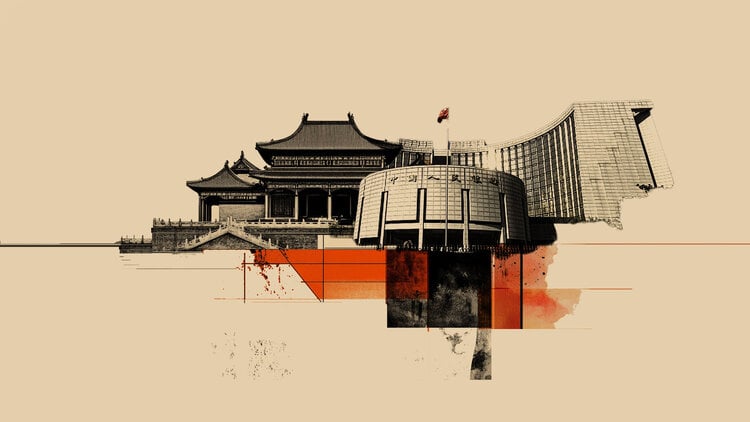Following a meeting with the People’s Bank of China (PBOC), China Securities Regulatory Commission, National Financial Regulatory Authority, the Chinese central bank Governor Pan Gosheng announces interest rates cuts.
Key quotes
- The world is full of uncertainties.
- China financial system remains robust despite shocks.
- yuan rebounds against dollar after depreciation.
- Will cut policy rate by 10 bps.
- Will cut Reserve Requirement Ratio (RRR) by 50 bps.
- Seven-day Reverse Repo Rate (RR) to be cut to 1.4%, from 1.5%, effective May 8.
- Policy rate cut will lead to Loan Prime Rate (LPR) cut by 10 bps.
- RRR cut will release about CNY1 trillion in liquidity.
- Will set up 500bn Yuan in re-lending loans for elderly care and service consumption.
- Will lower interest rates on structural policy tools by 25 bps.
- Will guide banks in reducing deposit rates.
Market reaction
Following this announcement, the Chinese proxy, the Australian Dollar (AUD) picked up fresh bids, driving the AUD/USD pair briefly above 0.6500 before reversing to 0.6490, where is now wavers. The pair is modestly flat on the day, as of writing.
PBOC FAQs
The primary monetary policy objectives of the People’s Bank of China (PBoC) are to safeguard price stability, including exchange rate stability, and promote economic growth. China’s central bank also aims to implement financial reforms, such as opening and developing the financial market.
The PBoC is owned by the state of the People’s Republic of China (PRC), so it is not considered an autonomous institution. The Chinese Communist Party (CCP) Committee Secretary, nominated by the Chairman of the State Council, has a key influence on the PBoC’s management and direction, not the governor. However, Mr. Pan Gongsheng currently holds both of these posts.
Unlike the Western economies, the PBoC uses a broader set of monetary policy instruments to achieve its objectives. The primary tools include a seven-day Reverse Repo Rate (RRR), Medium-term Lending Facility (MLF), foreign exchange interventions and Reserve Requirement Ratio (RRR). However, The Loan Prime Rate (LPR) is China’s benchmark interest rate. Changes to the LPR directly influence the rates that need to be paid in the market for loans and mortgages and the interest paid on savings. By changing the LPR, China’s central bank can also influence the exchange rates of the Chinese Renminbi.
Yes, China has 19 private banks – a small fraction of the financial system. The largest private banks are digital lenders WeBank and MYbank, which are backed by tech giants Tencent and Ant Group, per The Straits Times. In 2014, China allowed domestic lenders fully capitalized by private funds to operate in the state-dominated financial sector.

